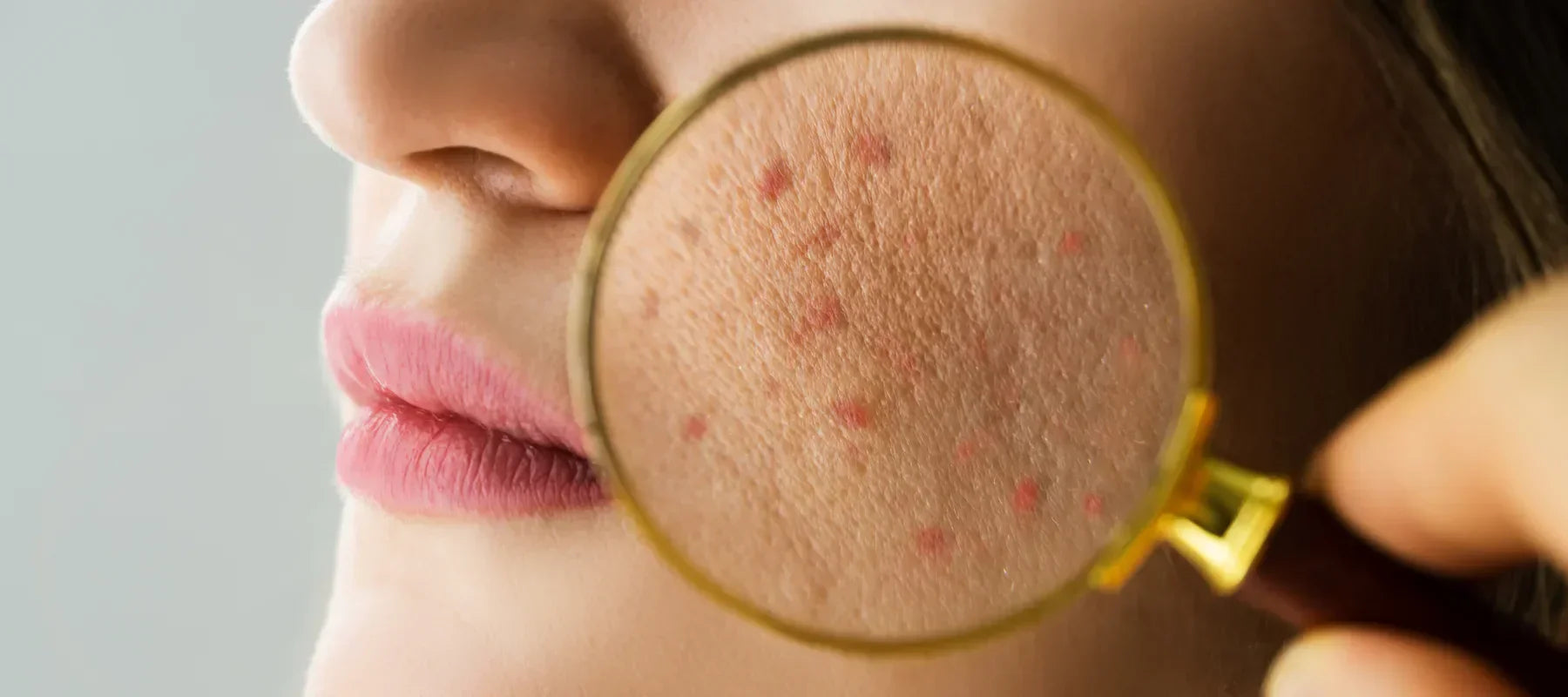
7 Types of Acne: How to Identify and Treat Each of them
Acne is a widespread dermal condition that impacts millions of individuals worldwide, leading to both bodily unease and psychological turmoil. Contrary to what many believe, there are 7 types of acne, and they also have different causes and treatments. Knowing these differences is important for making the Correct Skincare Choice. Here, we take a look at the seven different types of acne, how to identify them, and the best way to treat and prevent breakouts.
7 different types of acne
Acne manifests in various forms. Each type requires a specific treatment approach to ensure effective management and long-term skin health.
Whiteheads (closed comedones)
Whiteheads are firm little bumps that form at clogged pores filled with oil, dead skin cells and bacteria. They stay closed, which makes them appear white or flesh-coloured in contrast to blackheads. They tend to appear on the nose, chin, and forehead due to additional oil production and hormonal changes.
Wondering how to remove whiteheads? They can be treated with Salicylic Acid and benzoyl peroxide. They can be prevented by regular cleansing and without using heavy non-comedogenic skincare products.
Blackheads (open comedones)
This type of acne forms when the pores become clogged with oil and dead skin cells. But, the pores remain open making debris go inside and turn dark from the oxidation process. These bumps are typically present on your nose, cheeks, and chin. They form due to excess sebum and poor cleansing. You can use salicylic acid for blackheads. Other effective treatments include using retinoids and regular exfoliation.
Papules
Papules are red, inflamed bumps that develop when clogged pores become irritated. They do not have pus and are often a result of bacterial infections or hormonal imbalances. Typical in oil-rich regions, they can be treated with niacinamide and benzoyl peroxide. Skipping the use of harsh scrubbing products prevents irritation.
Pustules
Pustules are inflamed acne spots filled with pus, with a white or yellow centre surrounded by redness. They form when bacteria grow in clogged pores and are exacerbated by hormones, diet, and stress. Treatments are benzoyl peroxide, salicylic acid, and antibiotics in more severe cases. Popping them may leave scars and prolong healing.
Nodular acne
Nodular acne is deep, painful lumps under the skin that can take weeks to heal. It is triggered by hormonal changes, genetics, and excess oil production and usually appears on the face, back, chest, and shoulders. Over-the-counter medications do not work for this, so prescription drugs, including antibiotics, retinoids, or hormonal therapy, are needed. Having the condition treated early can help prevent scarring.
Cystic acne
The most severe form, cystic acne, causes large, pus-filled inflamed cysts. The causes of cyctic pimples include hormonal imbalance, genetic predisposition and hyperfunctioning oil glands. They commonly develop along the jawline, on the face and upper body. Isotretinoin and corticosteroid injections are prescription medications to treat the condition. Management requires the close supervision of a dermatologist.
Fungal acne (malassezia folliculitis)
It occurs due to an overgrowth of yeast, not bacteria, and appears as small, itchy bumps that are often mistaken for acne. It's triggered by humidity, sweating, and occlusive skincare products, and it affects the forehead, chest, and back. Traditional acne treatments don't work. Antifungal creams or washes with ketoconazole or selenium sulphide are most effective.
How to identify and treat different acne types
Knowing what kind of acne you have is important in choosing proper treatment and avoiding future breakouts. Some types respond well to over-the-counter products, while others need medical attention.
Understanding the severity of acne
For mild acne, including whiteheads and blackheads, a good skincare routine can help. Medicated treatments may be used for moderate cases, such as papules and pustules. More severe forms of acne, including nodular and cystic acne, often need treatment by experts to prevent lasting scars.
Effective skincare products for acne treatment
An effective and proper skincare routine can do wonders for acne-prone skin. These are some good products to treat various forms of acne:
- Overnight Acne Spot Corrector: This quick-drying spot corrector treatment minimises the size and redness of active acne overnight.
- Clearing & Calming Acne Face Wash: A calming, gentle acne face wash that removes dirt, oil, and impurities.
- Acne Care & Healing Gel Moisturiser: This acne moisturiser hydrates the skin while reducing inflammation and promoting healing.
- Acne Oil Control Intense Salicylic Acid Serum: This salicylic acid serum Clears pores & controls excess oil to treat acne with 2% Encapsulated Salicylic Acid
When to seek professional dermatological help
If you're dealing with painful, persistent acne or acne that's leaving scars, it's time to schedule an appointment with a dermatologist. Severe forms, including nodular and cystic acne, necessitate prescription treatments like oral retinoids or hormonal therapy. If you don't see improvement after weeks of using an over-the-counter product or following a skincare regimen, a professional consultation may be what you need.
Conclusion
Each of the 7 different types of acne requires a tailored approach. Mild acne can often be addressed with a regular skincare routine, but more persistent cases require professional treatment. The first step toward clear and healthy skin is knowing what type of acne you have. If you have the right products and some expert advice in your back pocket, dealing with acne effectively becomes a whole lot easier.
FAQs
1. What is the most common type of acne?
The most common type of acne is acne vulgaris. It includes a wide range of different pimples and comedones, like papules, pustules, blackheads, whiteheads, and more. Blackheads and whiteheads (comedonal acne) are caused by clogged pores filled with oil and dead skin cells and are quite common. They can be resolved with good skincare and exfoliation.
2. How do I know if I have cystic or nodular acne?
Cystic acne forms as large, pus-filled, painful lumps with a soft feeling, while nodular acne consists of firm bumps deep beneath the skin without a prominent head. These are both severe forms of acne that need professional treatment to avoid scarring.
3. Can fungal acne be treated with regular acne products?
No, fungal acne is due to yeast and not bacteria and is treated with antifungal agents such as ketoconazole or selenium sulphide. Traditional acne treatments like benzoyl peroxide and salicylic acid do nothing for fungal acne.
4. Which type of acne is hardest to treat?
Since cystic and nodular acne are deep-rooted and prone to scarring, they are the hardest to treat. They usually need prescription medications such as isotretinoin or hormonal therapy for proper management.
5. What skincare ingredients help with different acne types?
Salicylic acid can help with blackheads and whiteheads, while benzoyl peroxide fights inflammatory acne, such as papules and pustules. The best treatment for fungal acne is an antifungal ingredient such as ketoconazole.
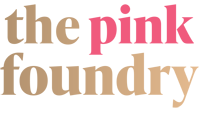



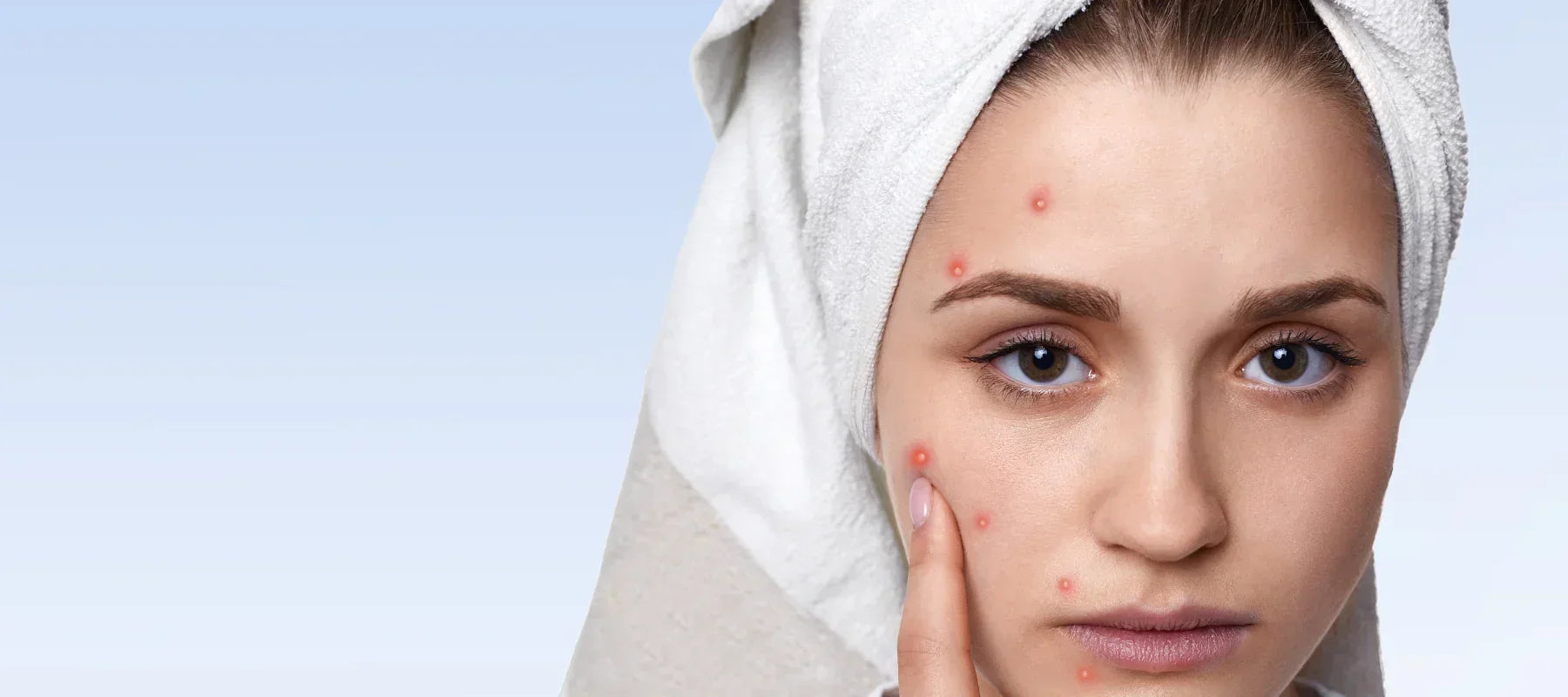




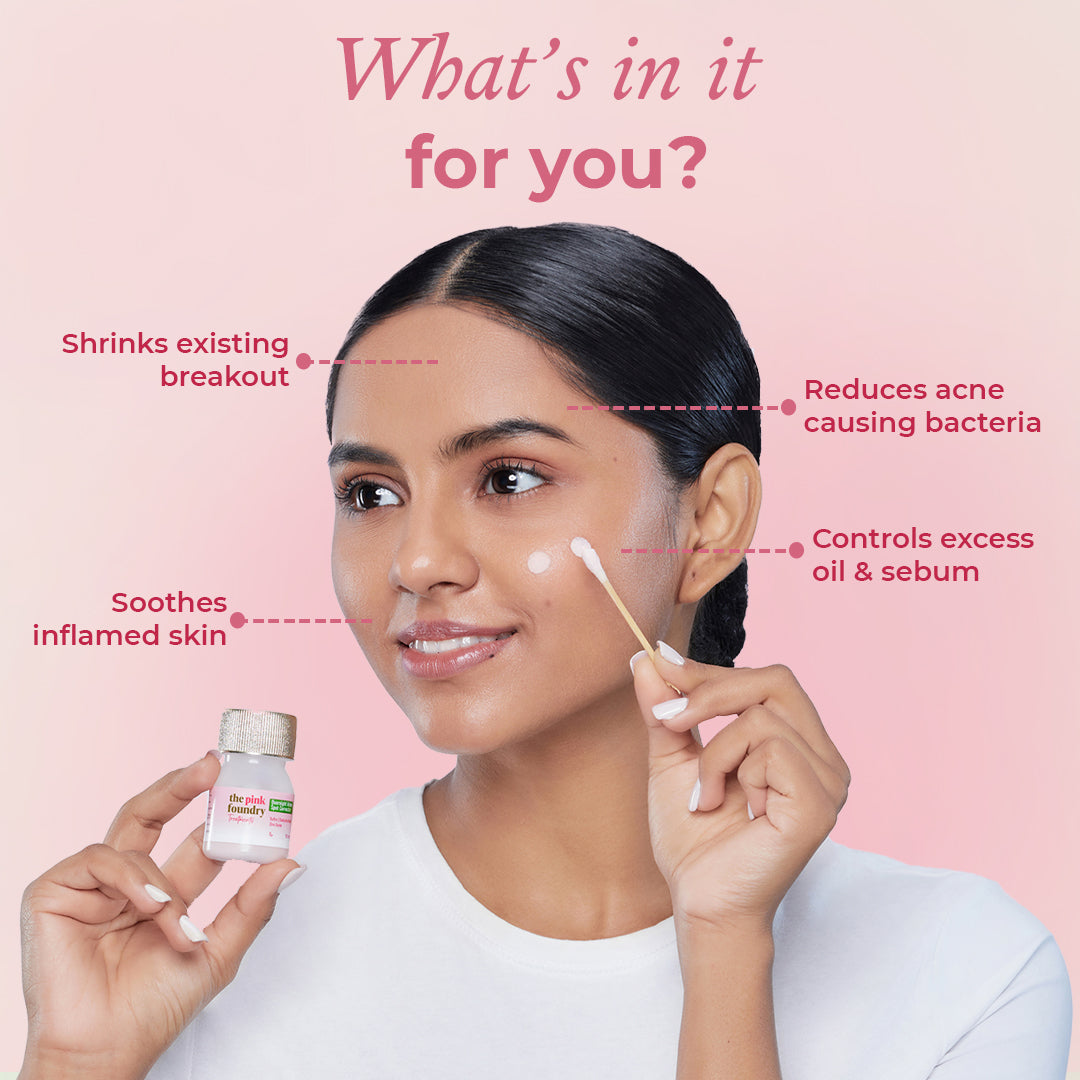

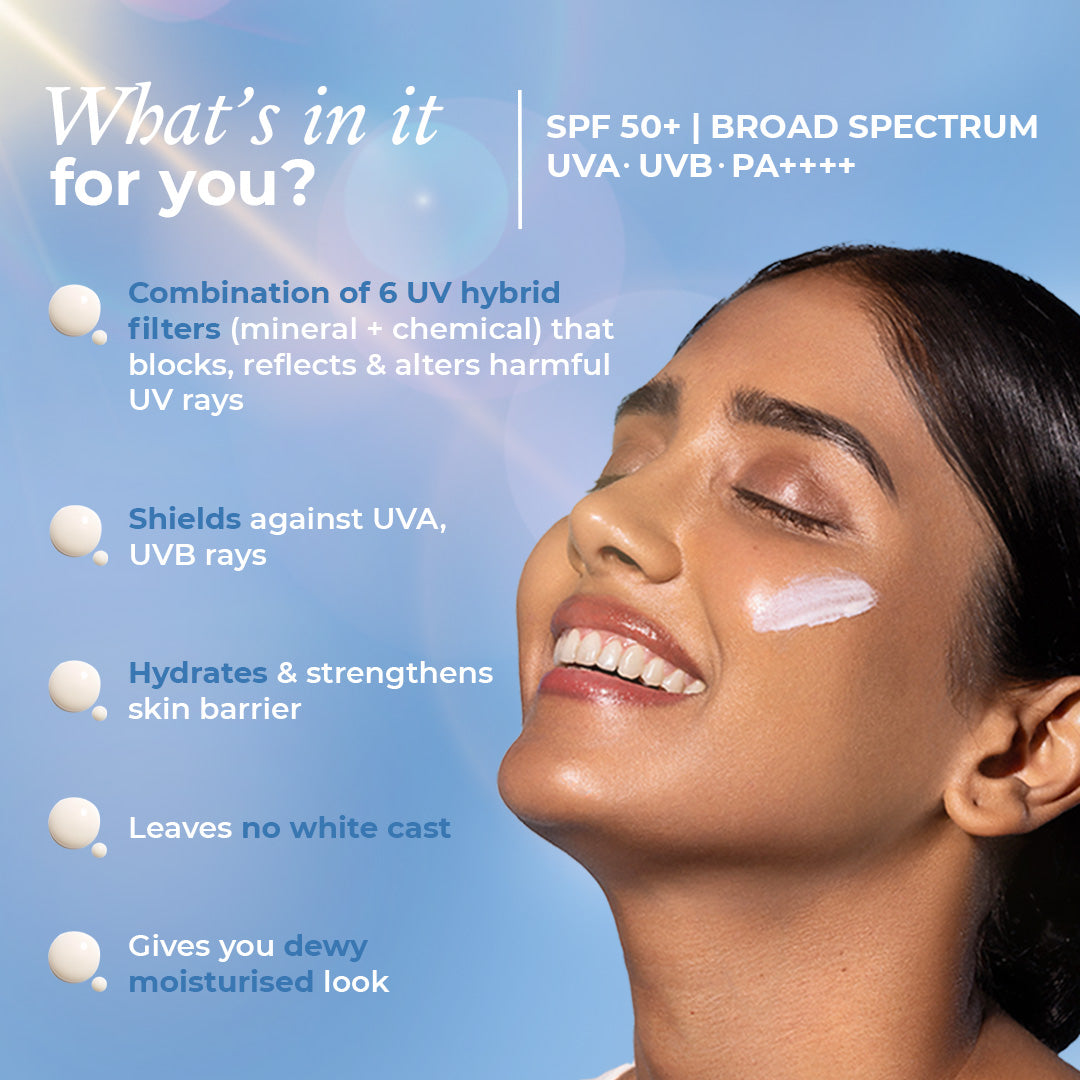
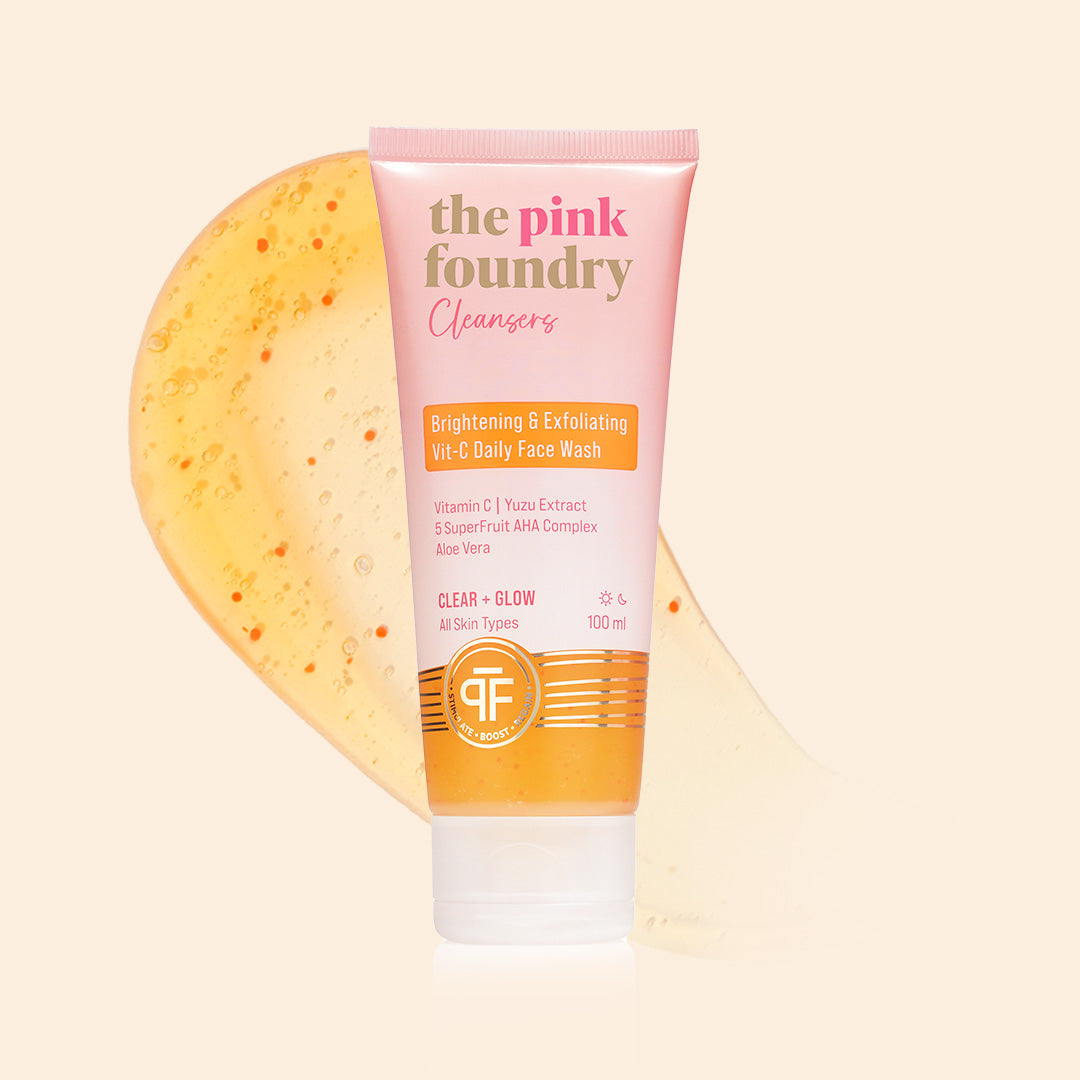

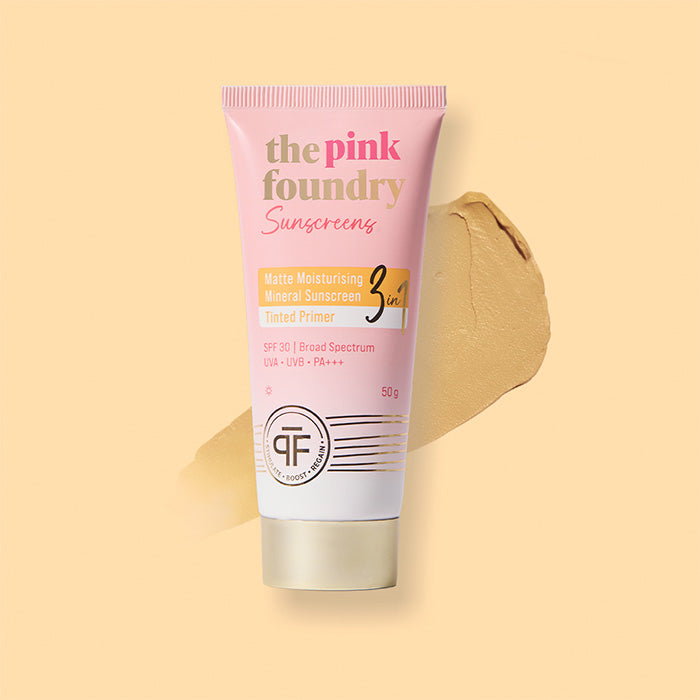

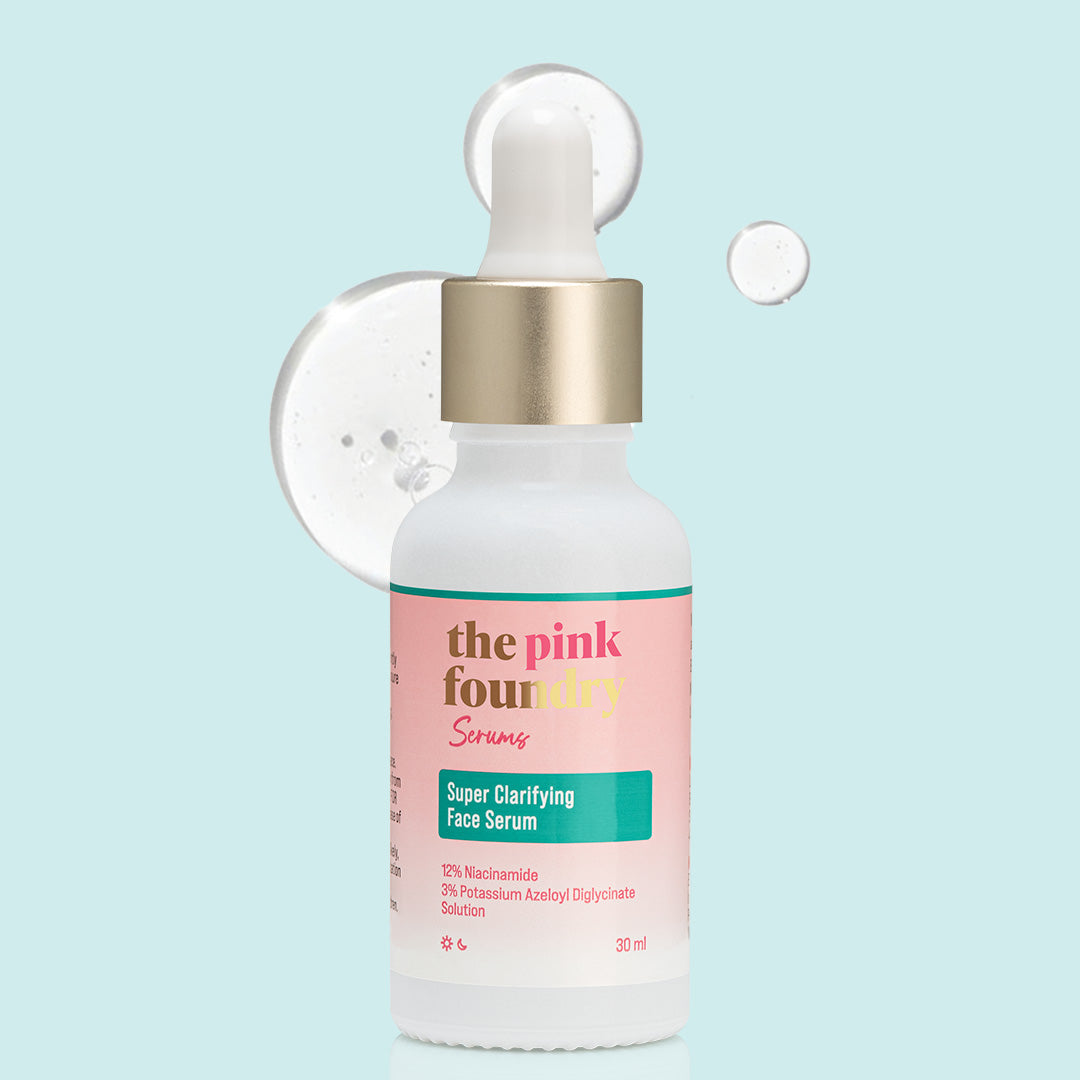
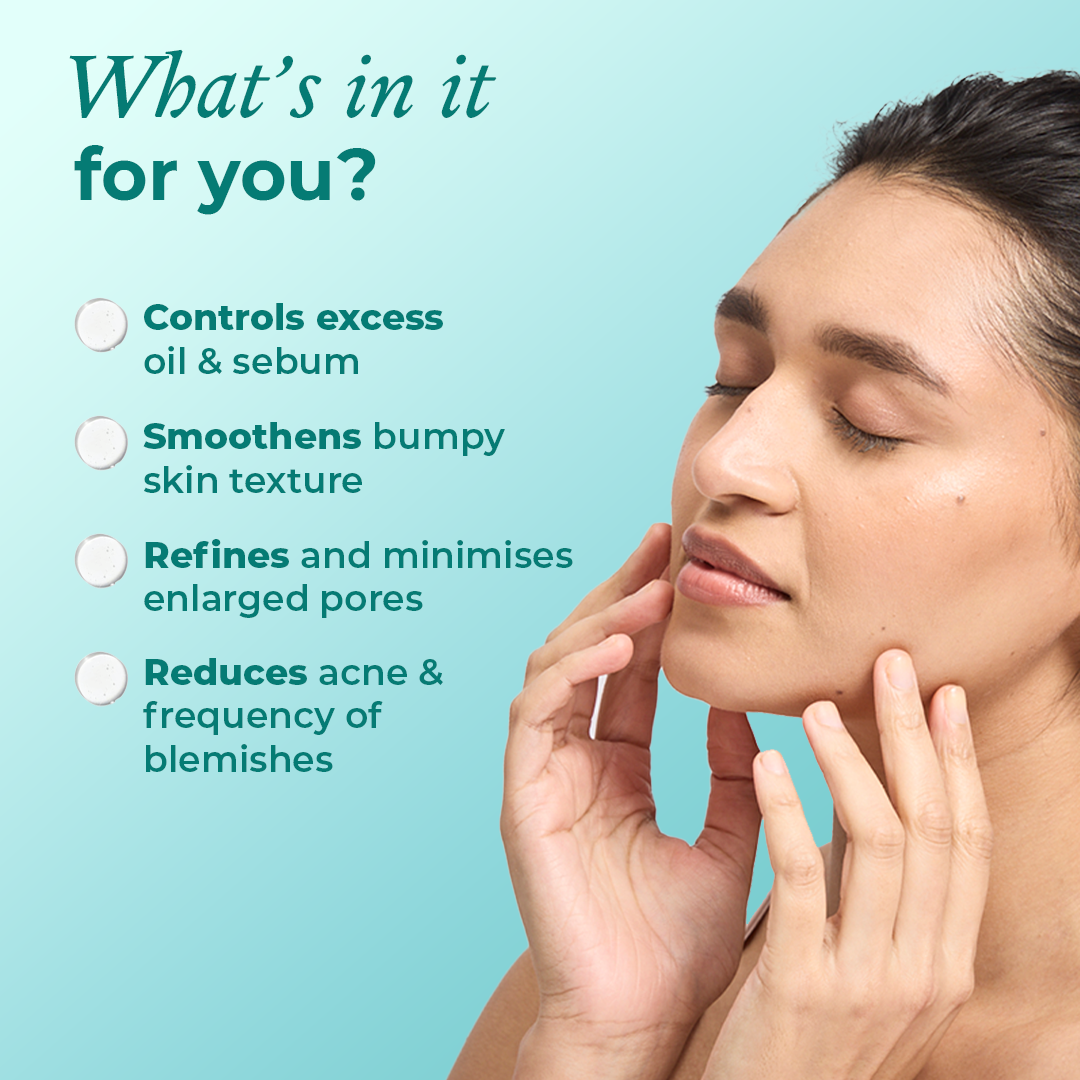

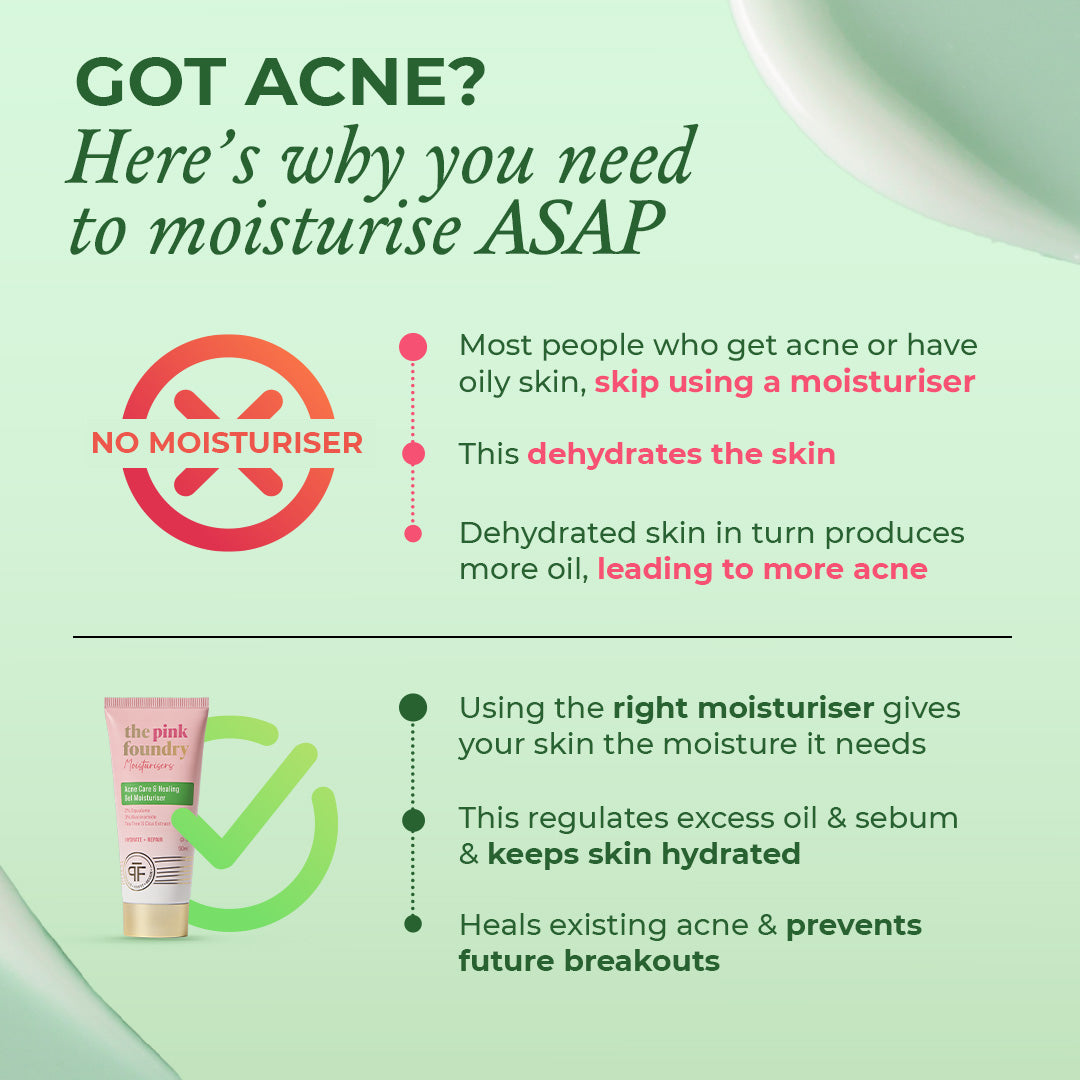
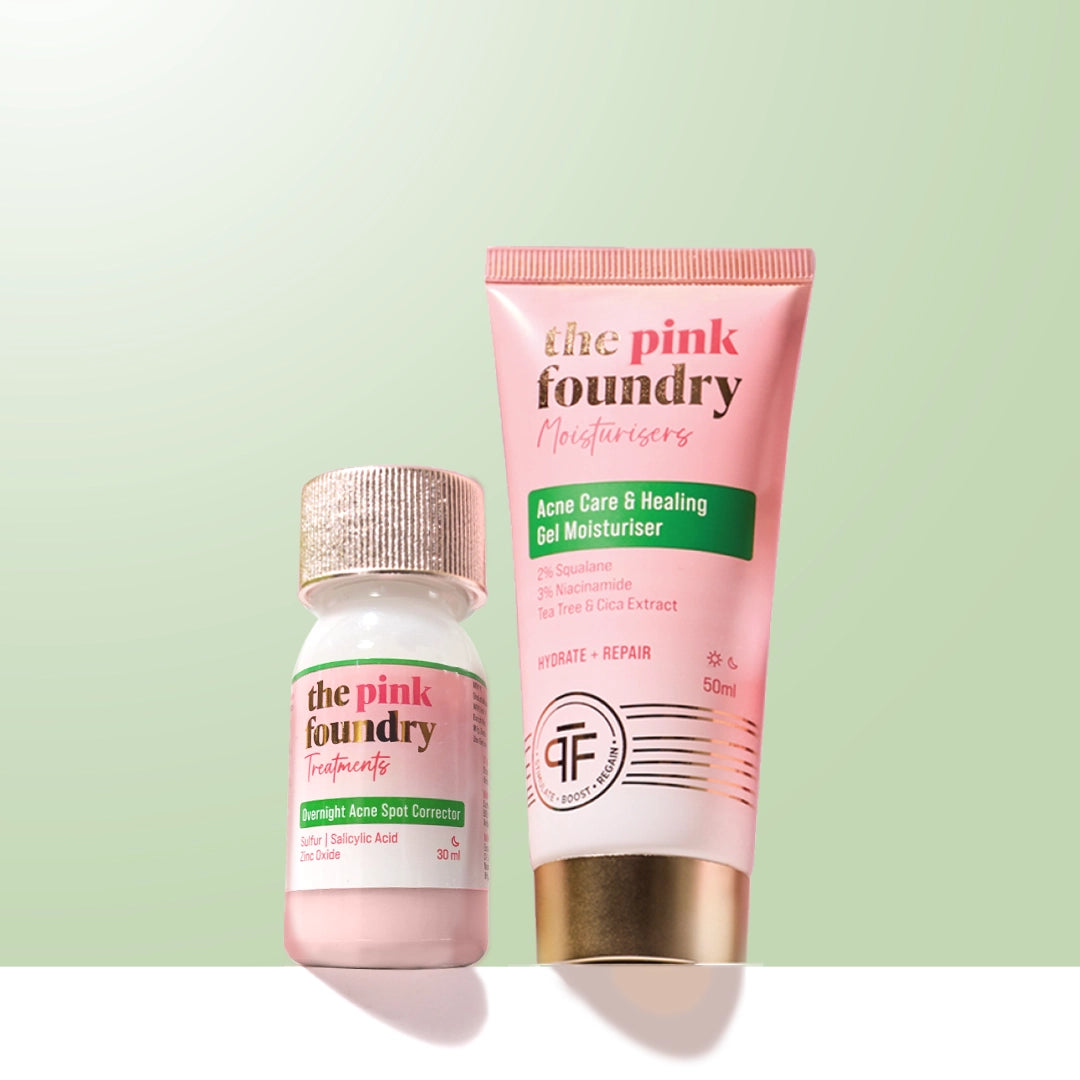
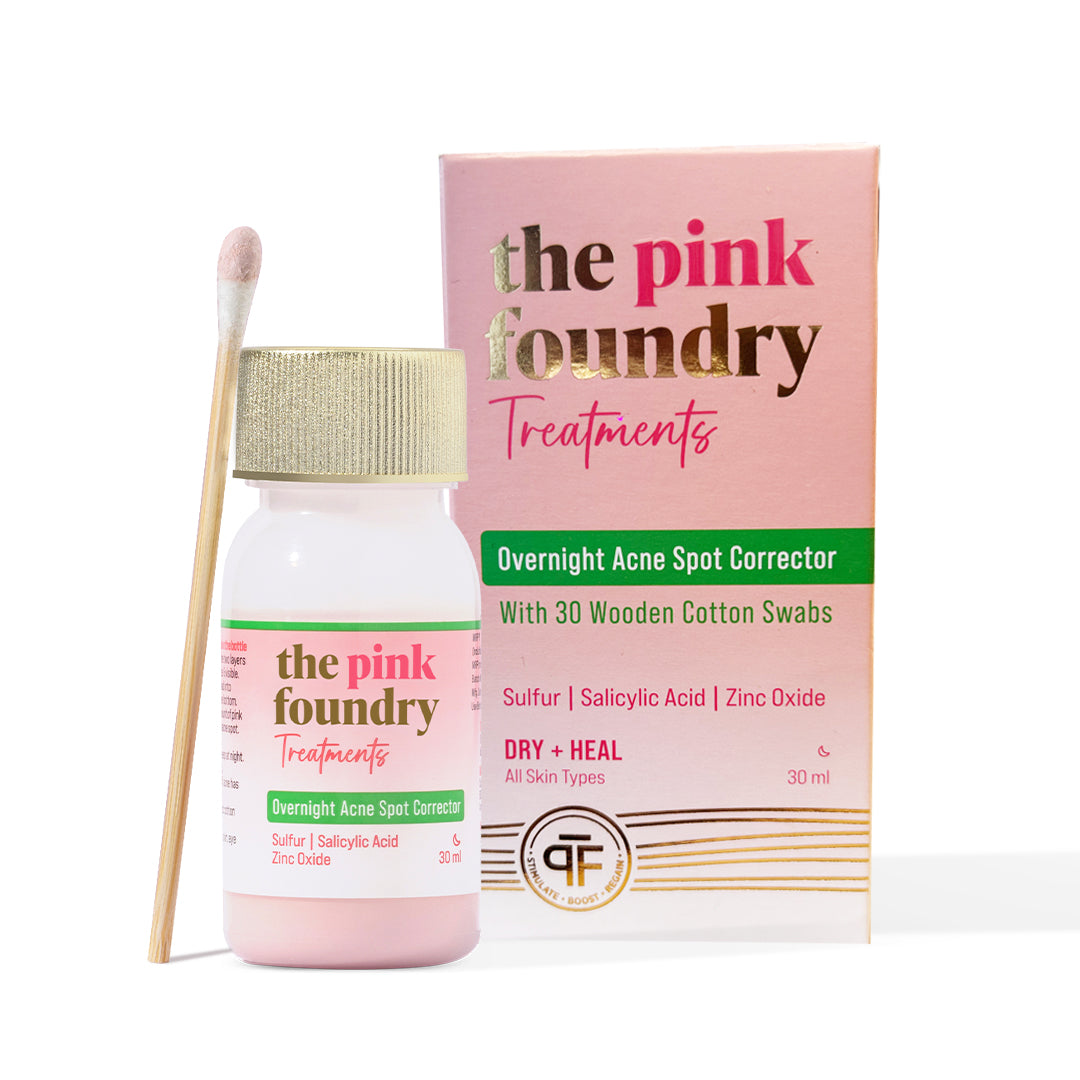
Leave a comment
This site is protected by hCaptcha and the hCaptcha Privacy Policy and Terms of Service apply.